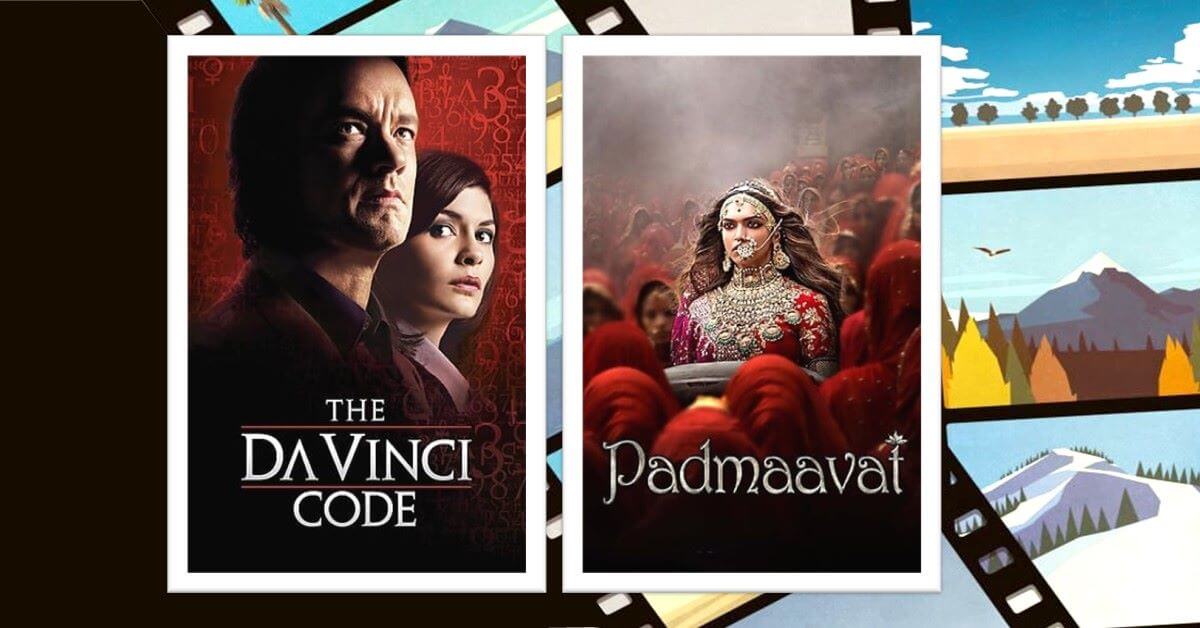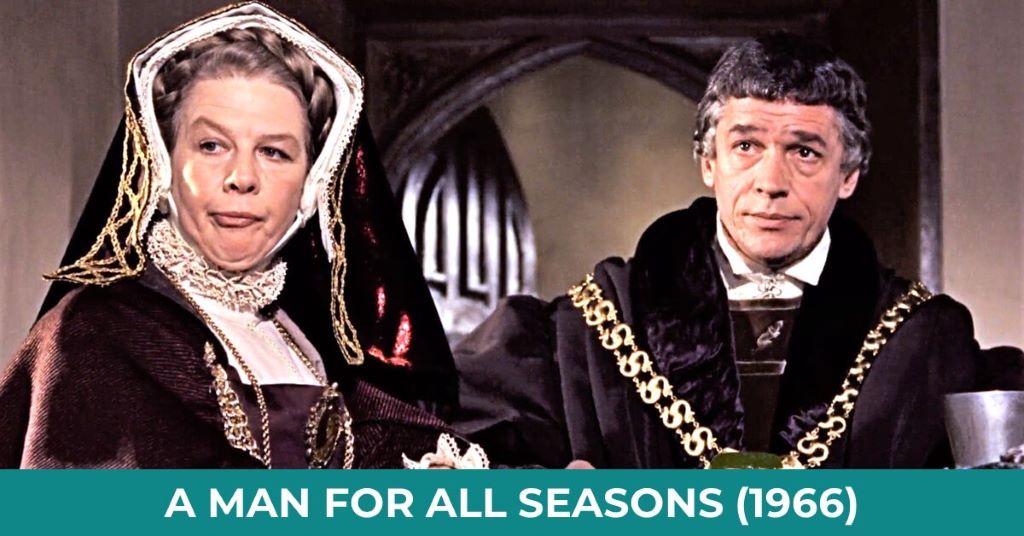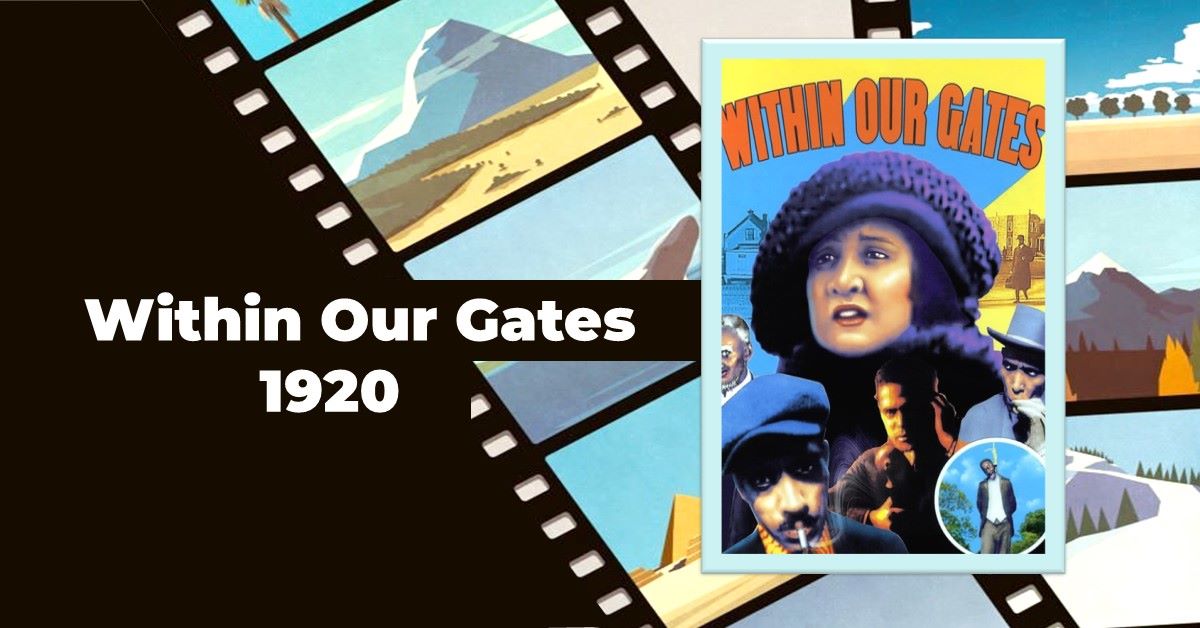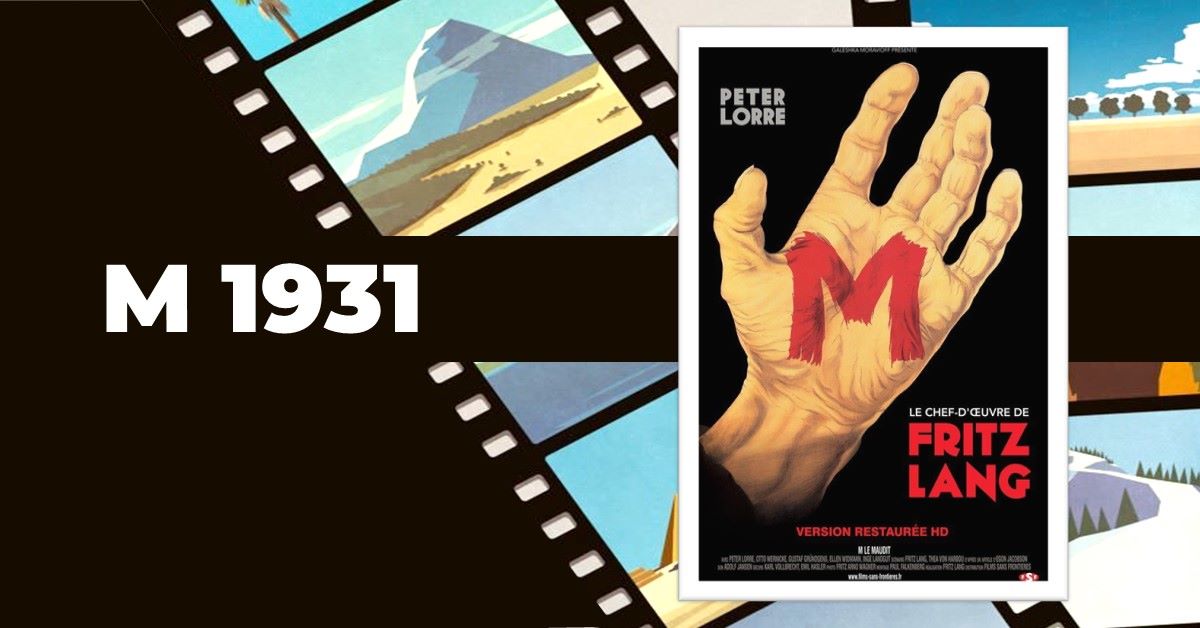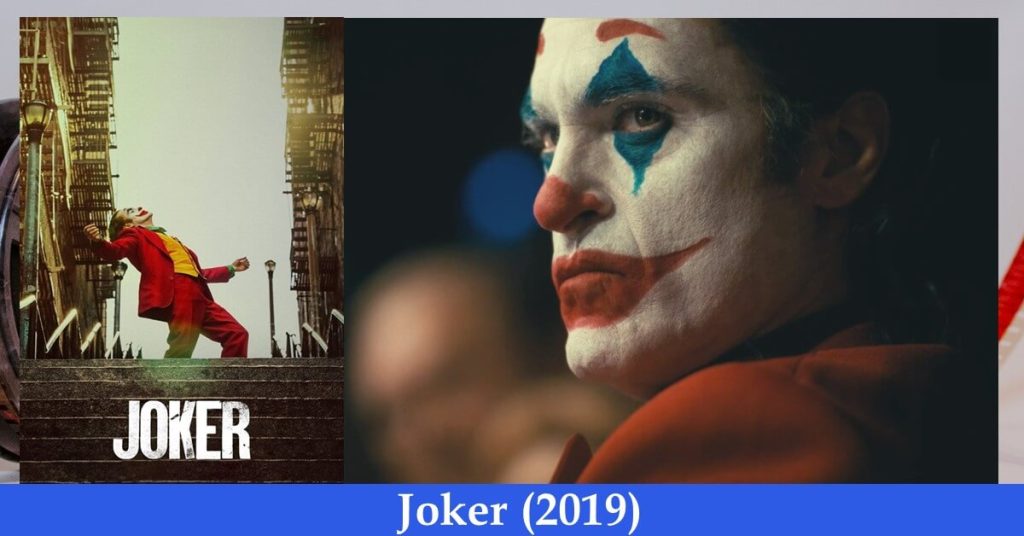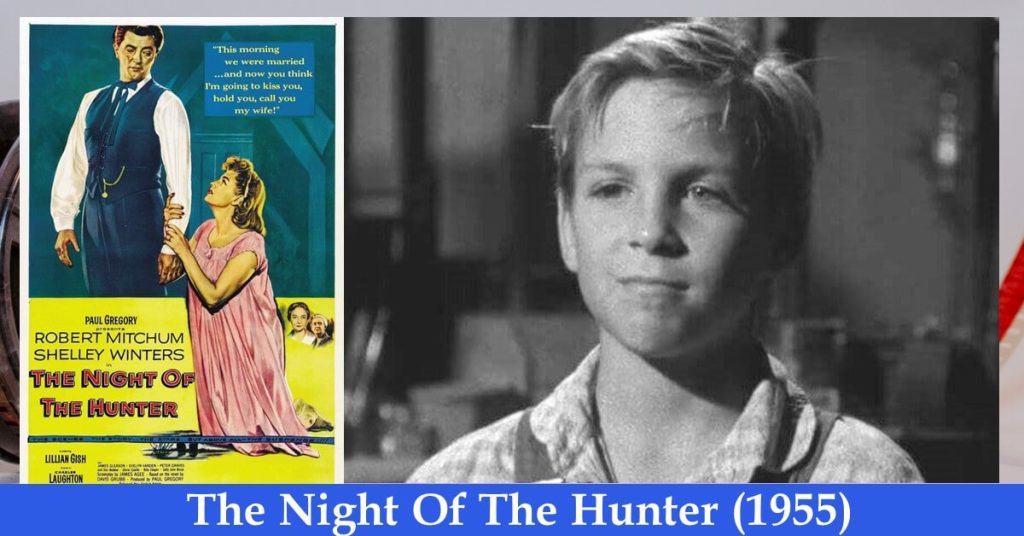Last updated on November 1st, 2023 at 04:40 pm
Hollywood manufactured a collection of controversial films like The Birth of a Nation (1915), The Last Temptation of Christ (1988), The Passion of the Christ (2004), All the President’s Men (1976) and so on, as well as inspirational ones over time. But none shook the Muslim world as well as the 2006 film The Da Vinci Code.
And hardly any films of Bollywood had ever enraged so fiercely the people of India than the 2018 Sanjay Leela Bhansali’s Padmaavat or Padmavati. While The Da Vinci Code is responsible for seeing the mainstream religions through an unconventional perspective, Padmaavat is for misleading historical facts related to India and Indians.
Because of its unusual depiction of historical facts, Padmaavat’s fate of existence correlates with that of the contentious masterpiece film, The Da Vinci Code 2006. Time after time fanaticism gathers momentum thwarting creativity, art, and diverse forms of recreation simply because they do not translate their ideological perception.
Unconventional representation of religious facts, historical truth, racial supremacy, and political hegemony through the forms of arts, has been subjected to controversy, hatred, killing, intolerance, and persecution in many nations.
People cannot swallow unusual paintings, films, drama, or unconventional expressions in writing. Artists are hated, deplored, and ostracised in many countries. Art is discouraged in some religions.
I agree with the Swedish film director Ingmar Bergman that “Film as dream, film as music. No art passes our conscience in the way film does, and goes directly to our feelings, deep down into the dark rooms of our souls.” However, that is not the case always. Art has been subjected to ban and vilification. Bangladesh Film Censor Board banned Dhallywood’s film, Shoninbar Bikel.
Directed by a celebrated and brilliant director, Mostafa Sarwar Farooki, in Bangladesh Shoninbar Bikel has been banned because of its contents are related to the 2016 terrorist attack on Holey Artisan Bakery in the Gulshan area in the Capital city of Bangladesh. The board fears it will malign Bangladesh’s image. There are instances like this where films face the rage of fanaticism if they fail to satisfy the majority crowd.
American author Chuck Klosterman rightly put it, “art and love are the same things: It’s the process of seeing yourself in things that are not you.” Art is needed much more than science in human life. It’s the only thing that makes us realize what life and its beauty are. Humanity and its temporal existence are felt by arts, literature, poetry, and painting. To quote the great Leonardo da Vinci, “Painting is poetry that is seen rather than felt, and poetry is painting that is felt rather than seen.”
The protestation against arts has never been so illogical, irrational or severe before than in the 21st century. The more our adherence to religion is getting stronger the more our predilection for arts and literature is going farther, the more we are becoming materialistic, and fanatic, and the more our objections against it get radical.
Controversial films
Released in 1915, directed by David W. Griffith, The Birth of a Nation (1915) changed American cinema history forever. Originally known as The Clansman, the film’s name was changed after the West Coast premiere. American moviegoing was revolutionised by The Birth of a Nation. It was film first to cost 100,000 dollars to produce.
It was the first movie to be seen at the White House, the first to be projected for judges of the Supreme Court and members of Congress. The Birth of a Nation was the first film first to be viewed by immeasurable millions of commonplace Americans, some of whom had made long journeys to see it.
It was the first movie to run in so many places for months at a time. The first movie to attract viewers repeatedly, of course, and the first movie to have its existence treated as a story in its own right in local newspapers.
As if in response to the intense controversy over the religiously conservative The Passion of the Christ (2004) in May 2006 came another mainstream American film, The Da Vinci Code, which provoked a torrent of angry responses for violating religious doctrine. Ron Howard’s film The Da Vinci Code was based on the immensely popular novel of the same title by Dan Brown.
Along with The Silence of the Lambs (1991) for gender, sex, and sexuality; The Last Temptation of Christ (1988) and The Passion of the Christ by Mel Gibson for misrepresenting the mainstream religions, Christianity and Islam; Do the Right Things (1989) for race and ethnicity; Michael Moore’ Fahrenheit 9/11 (2004) for assaulting the Bush administration and influencing election; Alan Pakula’s All the President’s Men (1976), for its Watergate scandal investigation.
Natural Born Killers for violence and crime, while Clint Eastwood’s Million Dollar Baby raised serious debate related to the representation and rights of people living with disabilities, and Oliver Stone’s JFK provoked public debate about the historical accuracy of its narrative. In the same vein, the 2014 Bollywood film Padmavat was controversial because people
Even though not part of my 101 best films of 100 years, I am feeling a bit relieved after watching the film, Padmaavat, finally, that too after a long wait. Sanjay Leela Bhansali’s films never cease to sustain greater entertainment fervour. The film is so full of entertainment that I could not hold my enthusiasm but write something of my observation since Padmaavat and The Da Vinci Code stand on the same stage of controversies for different issues.
After a huge hue and cry the 33 million dollar film Padmaavat is released on 25 January 2018 on nearly 5,000 screens across the nation. Despite the nationwide ban, the film earned an estimated 62 million dollars worldwide.
The film has resulted in enormous controversies across India. The censor board of India, at last, gave a green signal to the film which is one of the most expensive films in the history of Bollywood. Being spent 300 million dollars Padmaavati remains one of the ten highest-grossing films of all time.
The 2006 Hollywood film The Da Vinci Code, too heated up the air of the religious world. Based on the novel of the name by Dan Brown, the copyright was bought from the author for 6 million dollars and came out as a controversial film later. After a long ban, Amir Khan’s Lal Singh Chaddha was finally released in August 2022.
The Da Vinci Code
Directed by Ron Howard and starring Tom Hanks, Audrey Tautou, and Paul Bettany The Da Vinci Code‘s subjection to the fierce disputation is centred on the fact that Jesus Christ (known as Isa, to Muslims) did not die on the cross but started a family by marrying Mary Magdalene of Magdala in northern Israel. The secret conjugation of the duos has been covered up by the Priory Of Sion, a secret society founded in modern-day by Pierre Plantard in France in 1956.
Hence, Leonardo Da Vinci’s wall painting The Last Supper, 1498, holds the secret of the French Merovingian Dynasty.
Along with Sir Isaac Newton, Leonardo Da Vinci was one of the grandmasters of the Priory Of Sion originally founded by a First Crusader Godfrey of Bouillon in Mount Zion in 1099.
According to the novel, Dan Brown portrayed, based on the painting The Last Supper, that the leaning figure on Jesus’ left was not indeed John but Mary Magdalene, and she fled to France after Jesus’ crucifixion.
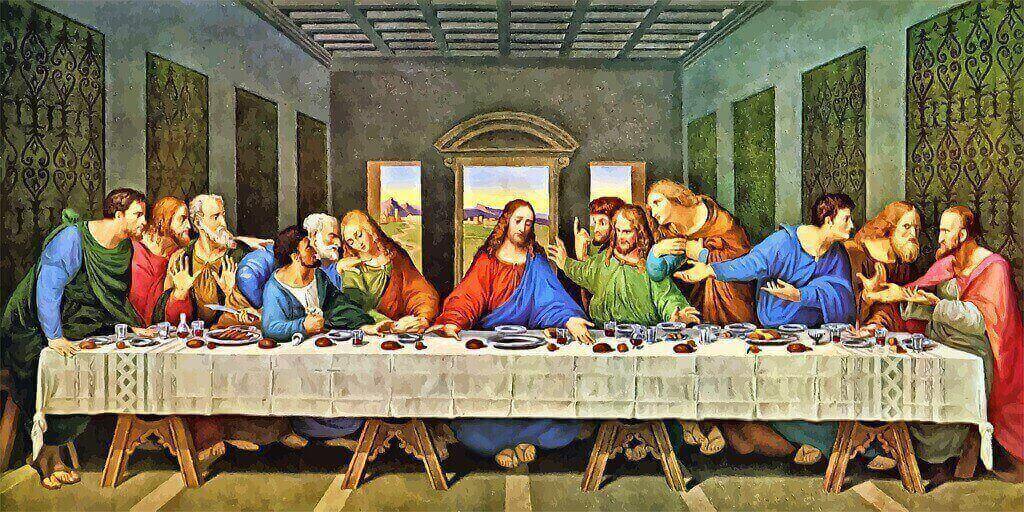
Being pregnant during the crucifixion, Mary supposedly gave birth to one or more children, and the Holy Bloodline was instilled in The Merovingian Dynasty in France with the help of the Priory Of Sion, a fringe-friendly organization.
Regardless of disagreements by the art scholars, Dan Brown imagines the leaning figure besides Jesus to be a woman equating the Monalisa-myth which portrays a man and a woman at the same time. However, the Bible says it is actually a man, Saint John.
The Da Vinci Code was a hot cake of conspiracy theory, which was instantaneously devoured by readers without having historical facts checked. Coining blasphemy, the Catholic Organisation Opus Dei resisted the film as a “total shame to Christianity and Jesus.” The Muslim world has been enraged in protestations.
Posing as symbologist Robert Langdon along with cryptographer police Sophie were looking for the Holy Grail which contains the secret to the ancestry of Jesus’ bloodline in the Merovingian Dynasty. In their journey to the discovery, they in Rosslyn Chapel, Scotland found that Sophie is indeed the last descendant of Jesus Christ.
According to The Guardian report, Opus Dei’s repeated appeal to the director of the film to add a disclaimer of a fictional character, the director responded by saying, “those characters in this work of fiction act and react on the premise. It’s not theology. It’s not history. To start off with a disclaimer……spy thriller don’t start with a disclaimer’’.
The Guardian adds more to quote the director, Ron Howard said that, “a reader without much knowledge of history may reach false occlusion and might even feel less sympathetic toward the church, which nonetheless worthy respect’’.
Even though historically and scientifically the estimation of Dan Brown is flawed, people around the world took the fiction for the fact, which we usually do. If Jesus is the ancestor of Sophie, which is decoded from the wall painting The Last Supper of Jesus Christ, then almost everyone on the planet has Jesus’ blood.
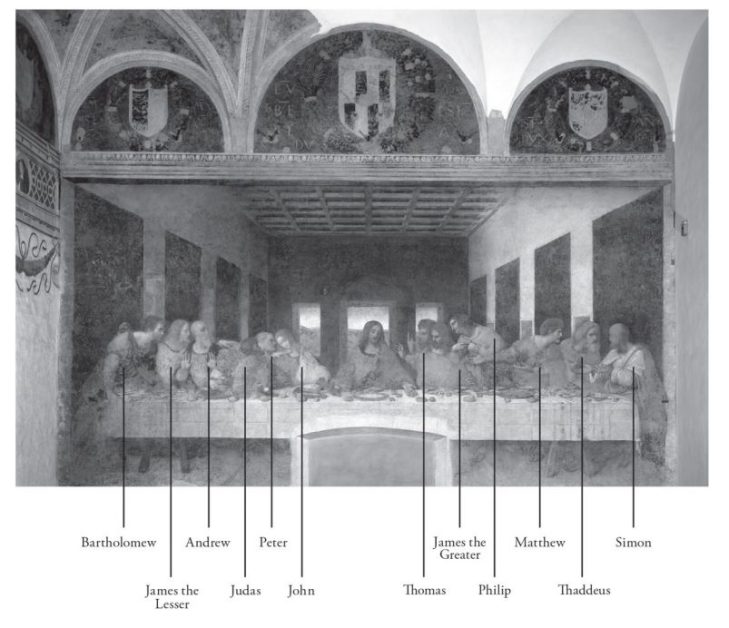
If one generation has a 25-30 years span of time then we need just 80 generations to trace Jesus’ existence. Taking the two millennia and Jesus’ children into consideration we would find a few common ancestors back, and Jesus’ one among them.
Moreover, Leonardo Da Vinci drew the painting based on the New Testament account a millennium later of Jesus’ crucifixion in 1497, exactly the way we draw a whole picture in our imagination pertaining to the synoptic gospels.
Following the controversial orientation of the novel and the film, people from across the world protested the film triggering a ban in numerous countries including Syria, Egypt, China, Belarus, India, Jordan, Iran, Lebanon, Pakistan, Philippines, Samoa, Thailand, Sri Lanka, and Bangladesh.

It does not matter how many people denounce the film and any upcoming creations with such –whether fiction or art– groundbreaking theory, thoughts, and perception, films like The Da Vinci Code, portraying social or historical inconsistencies, boycotts, demonstrations, contestation, protests, denigration will never cease to appear on our mind as well.

But the controversies clear some facts such as how long did it take for Jesus to travel to France which is nearly 4 thousand miles away from Jerusalem? Did Romans really let him go free from the Cross? Was he the only person to travel? Did the incident of crucifixion really happen as Muslims believe that Jesus was taken up by God?
However, if The Merovingian Kingdom had started during the mid-fifth century how could Jesus’ blood be part of it, especially when Merovingians were the 3rd-century Franks? The history of Jesus tells us that he lived for 33 years. Nevertheless, anything or any theory Dan Brown presents through his works fits for an atheistic mind.
Even to an atheist, this new history Dan Brown presents about Jesus, Mary, and his bloodline in the Merovingian dynasty is contradictory. But I am extremely fascinated by the way he tried to present it to us. Highly thought-provoking and intellectual in manner. I would suggest everyone should read it. People must know how to think. It does not present the truth but helps us to find and search for the truth.
Padmaavat 2018
Speaking of Padmaavat, Bollywood’s most creative and innovative director, Sanjay Leela Bhansali, came up with yet another marvellous film starring Dipika Padukone, Ranbir Kapoor, and Shahid Kapoor in 2018. Because of political bickering and censorship difficulties, Padmavati took time to appear among film lovers.
On 25 January 2018, the film was finally released. But the film has been dubbed as blasphemous. The romance between the Hindu Queen of Chittor of Mewa, Padmavati, and the Delhi King Alauddin Khilji who raided Chittor Forte to marry her was taken as Muslim subordination of Hindus.
Vandalism was unleashed across the whole of India by Rajput Sabha and Karni Sena, the self-appointed vigilante of the Rajput Class. The Hindustan Times reported of frequent vandalism, clash and mass protests, and burning of passengers on the buses by protestors while BJP dominant states determined not to screen the film.

The Times of India reported the film supporters to be harassed by the protestors, and film crews were forced to leave the shooting site from Joypur. A Karni Sena chief was quoted saying,’ we learned that the filmmakers are portraying the film as a love story between Alauddin Khilji and Padmini, a Muslim and a Hindu, which is a blatant distortion of history.
The Telegraph reports of the director being attacked, and a bounty of 600,000 pounds for actress Dipika Padukone’s head. The Karni Sena chief was cited as saying, “Rajput never raise their hands to women but if it need be, we will do to Dipika what Lakshman did to Shurpanakha”- a Ramayana legend where a demon princess chopped off her nose off as a way of punishment. There were widespread vandalism and protest against the 2023 film The Kerala Story as well.
Based on Padmaavat, the epic written by sixteen-century Sufi poet Malik Muhammad Jaiyasi’s fictitious account of the romance between Padmini or Padmavati, the queen of Chittor, and Delhi King Alauddin Khilji, the film does not claim the accuracy of the historical incidences as depicted in the film.
It is pretty obvious that Bhansali did not want to teach history via the film but rather intended to entertain the masses with a little glimpse of the facts from history. Should entertainment always be educative?
Even though the film is named after the epic, there is a considerable number of inconsistencies between filmy depiction and poetic narration.
According to Wikipedia, The poet narrates: ‘Padmavati, the princess of Sinhal (Currently Sri Lanka) developed a close friendship with a talking parrot named Hiraman. Because of her family’s disapproval of the relationship the parrot was released instead of killing. But the parrot was caught by a catcher and ultimately ended up in Chittor of Mewa.
Hearing about the great beauty of Padmavati, Ratansen, the ruler of Mewa attacked Sinhal in the guise of ascetics along with his 16,000 bassals, princes, and the parrot as a guide.
Being defeated and caught Ratansen was about to be executed when the king of Sinhal recognised him finally. But Ratansen did not want to leave without marrying the princess, Padmavati.
Recalling the similarity with the Iliad of Homer, the epic tells that on their way back to Mewa they were caught by a storm in the sea where all but him and Padmavati were buried in the water. He and Padmavati were in fact rescued by the Ocean. Lakshmi, the daughter of Ocean later tested Ratansen’s love for Padmavati which he passed and returned to Chittor with rewards from Lakshmi and the Ocean.
But in the film, we witnessed Ratansen going to Sinhal to procure pearls for his first wife, which Ratansen later confessed to Padmavati: ‘I have come to search pearls but I have rather found you’’. And a Buddhist princess of Sinhal was taken as a Hindu queen to Chittor.
Padmaavat or Padmavati
In the 13th century, the Khilji commander Jalal Uddin Khilji of Afghanistan was planning to attack the Sultanate in Delhi so he became the Sultan. His evil-minded nephew Alauddin Khilji appeared before him with an ostrich. Jalal Uddin asked for an ostrich feather in order for him to marry his daughter Meherunesa.
But he brought the whole ostrich. He agreed her hands to Alauddin. But when the marriage was being arranged, Alauddin was caught in adultery with another woman. A Courtier, Shareef Pasha saw and was killed by Alauddin so his infidelity remains unknown.
Alauddin believed everything beautiful belongs to him, his greed was to possess everything precious.
During her hunting in the forest, the Princess of Singhal accidentally shot an arrow into the chest of King Ratan Singh. He was the King of Mewar, a south-central part of Rajasthan, India. He went to Singhal across the ocean to buy the pearls for his wife that he gave away to someone.
During her nursing of Rajput Ratan Singh, they both fell in love. With the blessings of her father, King Gandharvasen, Princess Padmavati got married to King Ratan Singh and left for Chittor, the capital city of Mewar.
While Chittor celebrated the arrival of its new Queen, Jalaluddin revolted against the Delhi Sultanate and established the Khilji dynasty. He declared himself the new Sultan of Delhi.
Then Jalaluddin Khilji sent Alaudding to fight with the Mongols. Jalaluddin paid a visit to Alauddin in Deogiri where he was assassinated by Alaudding’s caregiver Malik Kafaur, a prominent slave-general of the Sultanate of Delhi. Alauddin seized the throne and became the Sultan of Delhi
In the Palace of Mewar in Chittor, King Ratan Singh dismissed and banished the royal priest, Raghav Chetan, from Chittor for spying on the King and the queen’s private life.
However, Raghav Chetan found favour with Alaudding and was called to the palace because of his extraordinary skill of flute playing. Raghav Chetan revealed to Alauddin that he will become a second Alexander with a crown studded with red stones. But he needs a particular woman for that to make happen.
A woman whose beauty woman is an illusion, a creation of God. whose face glows like moonlight. whose luminous beauty radiates far and beyond, who is the essence of life, who will change his destiny. If he can win her over then Mewar will be his: it is the Queen of Chittor, Padmavati.
Lured by Raghav’s description of the beauty of Padmavati, Alauddin declared war against Chittor when Ratan Singh refused a peace invitation through allegiance. But in the mid-way of the war, the Sultan sent a message to Rajput Ratan asking that before returning to Delhi he wants to experience the hospitality of Chittor, which Ratana Sign agreed to extend on the condition that Aaluddin’s army must return to Delhi and he must meet him alone and unarmed in Chittor’s fort.
All Alaudin expected was to see Padmavati, but during his visit, he had had only a glimpse of the beautiful Padmavati.
The Sultan accepted the conditions. But avoiding near defeat, he captured and had Ratan Sign imprisoned in Delhi when he went to Sultan’s tent to attend his invitation, for not introducing the queen of Chittor to him.
Alauddin’s plan was that she would follow him to Delhi. Padmavati followed Ratan to Delhi on the condition that she shall bring a hundred maids with her, and she will stay in the women’s chamber where no men can go, that her palanquins will not leave Chittor for Delhi until Raghav Chetan’s severed head is sent to her. Conditions all of which he agreed to accept. She came to Delhi as she received the severed head of Raghav Chetan.
As per the condition, she wanted to meet Ratan Sing first in the cell. She was escorted by Mehrunesa, as the Sultan was bedridden from an assassination attempt.
Mehrunesa released Ratan at Padmavati’s request and helped them escape the palace through a secret passage while the warriors from Chittor came in disguise as maids were fighting with the Sultan’s warriors. Padmavati’s acumen to handle political affairs had been able to rescue her husband with the help of Alauddin Khilji’s first wife, from the dungeon but at the cost of enormous bloodshed.
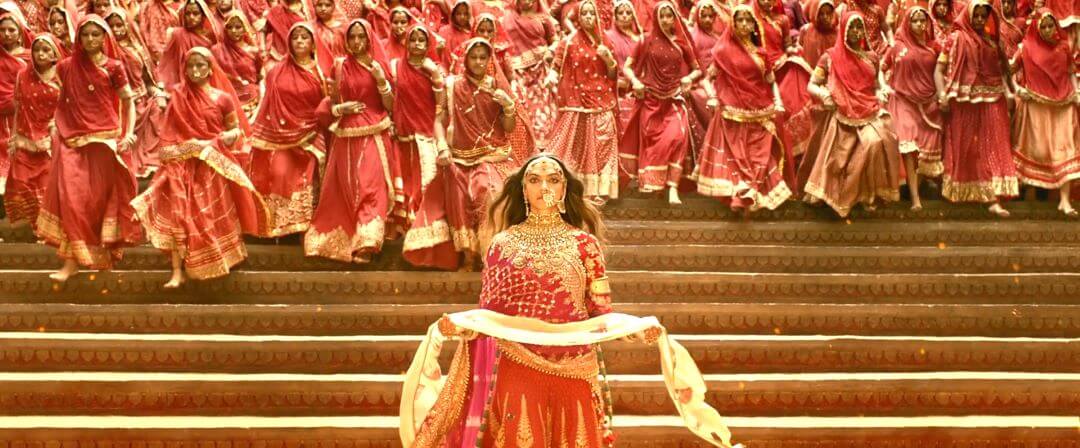
When Rajput died in a one-on-one battle with the Sultan in Chittor, Padmavati inspired hundreds of her maids to die with honour and reignite the holy fire and offer themselves to it and perform Jauhar, a mass suicide by immolation.
Padmavati implored them by saying, “Those who lust for our body, would not even get their hands on our shadows! Our bodies will be reduced to ashes, but our pride and honour will remain immortal. And that will be the biggest defeat of Alauddin’s life.”
That is what ultimately happened. By the time Alauddin reached the palace for Padmavati, she walked into the blazing fire along with thousands of her maids, the defeat of Alauddin and the greatest victory for Chittor.
To me, Padmaavat is a combination of the 2004 film Troy and another 2004 film Alexander. Alauddin declared war against Chittor infatuated by the description of a beautiful woman who was already a wife to a man, “I am done extending my boundaries. It’s time to extend my arms.
A war in the name of beauty”, Alauddin refuted his wife when warned. When in the epic film Troy, we see Paris’ father king Priam declaring that war against the Spartans will be the ‘war for love,’ and for the woman he abducted. Eventually, Troy was brought down to ashes because of one woman, like Chittor was destroyed for one woman, Padmavati.
Like Achilles, Alaudding was seen lying half-naked and Malik Kafaur went to his tent to call him when the war began, the way a boy went to call Achilles in his tent lying naked with women. Like, Alexzander who dreamt to unify the whole world in one nation, Alaudding dreamed to unify the entire India under one Empire.
I see Padmaavat as more of a romantic epic film. When a woman of a kingdom under Hinduism sacrifices through self-immolations instead of falling into the hands of a greedy, lustful Muslim emperor, Alauddin Khilji.
However, the epic’s narration varies from the above description of the film. It is not certain whether Raghav Chetan was banished or he chose to go to Alauddin Khilji. It was at the time, not Padmavati who came to rescue Ratansen, but the two bassals Gora and Badal of whose martyrdom they sing prais. Moreover, according to the epic Ratansen never fought with Alauddin Khilji and died in a battle before Alauddin Khilji attacked Chittor.
Considering Homerian coincidence, political exploitation, religious inconsideration, cultural vulnerability, social criticism and historical inconsistencies, literary significance and recreational value Padmaavat is a wonderful making.
Verdict
People’s fallibility is not in not knowing the history and mixing art and fiction with facts. Our fallibility lies in our inability to distinguish between what to learn and what not to. We simply forget that films are made to entertain us and they tend to lose entertaining values if romance is not involved which does not necessarily have to be grounded on facts.
Instead of portraying Alauddin Khilji as a historical figure Bansali never missed to depict him as a lover of Khilji who would fight to earn favour from Padmavati. Historians rightly differ between Alauddin in film and Alauddin in history.
Our consciences and understanding are flawed if we completely expect our film industry to teach us morality and history. Cleopatra and Braveheart, for instance, are bound to feed us with pure history as Padmaavat and The Da Vinci Code do not decide our course of faith in the real-life setting. Yes, entertainment also must teach us, because there is a strong relationship between entertainment and education (E-E).
But just as all foods are not preferable for everybody, all kinds of mediums of entertainment are healthy or preferable for all. Art and films are to amuse us not to help us finds our individual and preferable ideological truth. Every kind of truth has different means channel of seeking it.
We may not find our kind of truth in everything we see or watch. Just as the question of truth is varied from person to person so the perception regarding art and finding one’s truth in it may vary. But that does not give us the right to deplore others’ truth.
“Beauty is the perception of the beholder,” said Rani Padmavati of asked by the courtier Brahmin Raghav Chetan. As Padmavati’s words of wisdom such as, ‘you can take away the pearls, but not the beauty of it’ is illuminating. We will never be able to win the pearls and their beauty until we learn to separate the fiction from the facts, and art and entertainment from factual learning.
Copyright © probinism.com
